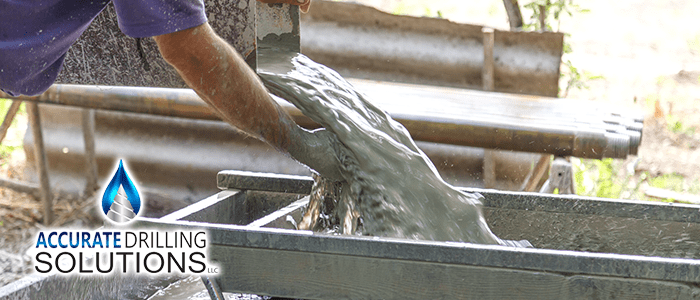
As we discussed last week, well testing is very important for the health of both you and your well. It can also save you a big plumbing headache. This week we will continue our discussion of the very important topic of well testing.
Recap From Last Week
- The CDC is an amazing resource for well owners or those considering a well.
- Well testing looks at water quality indicators (WQIs).
- These indicators don’t usually make you sick, but they can often be found with things that do.
- The two most common water quality indicators are coliforms and the pH level.
Contaminants
Contaminants are the things in your water that can actually make you sick. As humans continue to spread out more, there is a high chance of something getting into water sources.
-
Nitrate
Nitrate in water has a high chance of making people sick. Too many ingested nitrates actually poison the body and lead to fairly serious health issues, especially in infants. All wells should be tested for nitrate exposure, but more shallow wells are at a particular risk. Nitrates can cover from many sources.
- Animal waste
- Private septic systems
- Sewers flooding
- Storm water runoff
- Agricultural runoff
- Decaying plants
- Fertilizers are increasingly common in contaminating wells.
It is evident that many of these issues arise from runoff water after heavy storms. Due to this, shallow wells in areas with heavy rain may want to want more frequent nitrate testing. Nitrate levels also depend on the type of soil in your area.
-
Volatile Organic Compounds
Volatile organic compounds, VOCs for short, are chemicals that come from industry and fuel. There are a huge variety of VOCs, and different areas are impacted by different varieties. Oftentimes, well drilling or water pump companies also test water. These companies will communicate with local health and environmental agencies, so they are testing for the proper VOCs. Common VOCs are benzene, carbon tetrachloride, toluene, trichloroethylene, and MTBE.
-
Other Contaminants
- Lead
- Arsenic
- Mercury
- Radium
- Atrazine
- Pesticides & fertilizers
The Timing Of Well Testing
Wells should be tested pretty regularly, at least once a year. The best option for many people is to do well testing in spring. Ten you can test the water and the well operation simultaneously. However, there are additional circumstances where a well owner may want to do more testing.
- You notice a change in the water in your home. Nobody knows what the water should look like more than you. There are a few variables that homeowners should be aware of with their well water. The main three are taste, color, and odor. If any of those shift dramatically, it’s probably time for well testing.
- There are problems with well water in the area. If other well owners in your area are having issues with their wells, that isn’t good news. Wells typically all pull from the same underground water source. Normally contamination in one well means contamination in all.
- Issues happen in the immediate vicinity of the well. Problems such as heavy rain and flooding can lead to big problems with your well.
continue reading
Related Posts
Emergency Well Repair: Fast Solutions for Central Florida Residents Living
Environmental Considerations in Well Drilling: A Sustainable Approach At Accurate
Water Testing – What Every Well Owner Needs to Know





